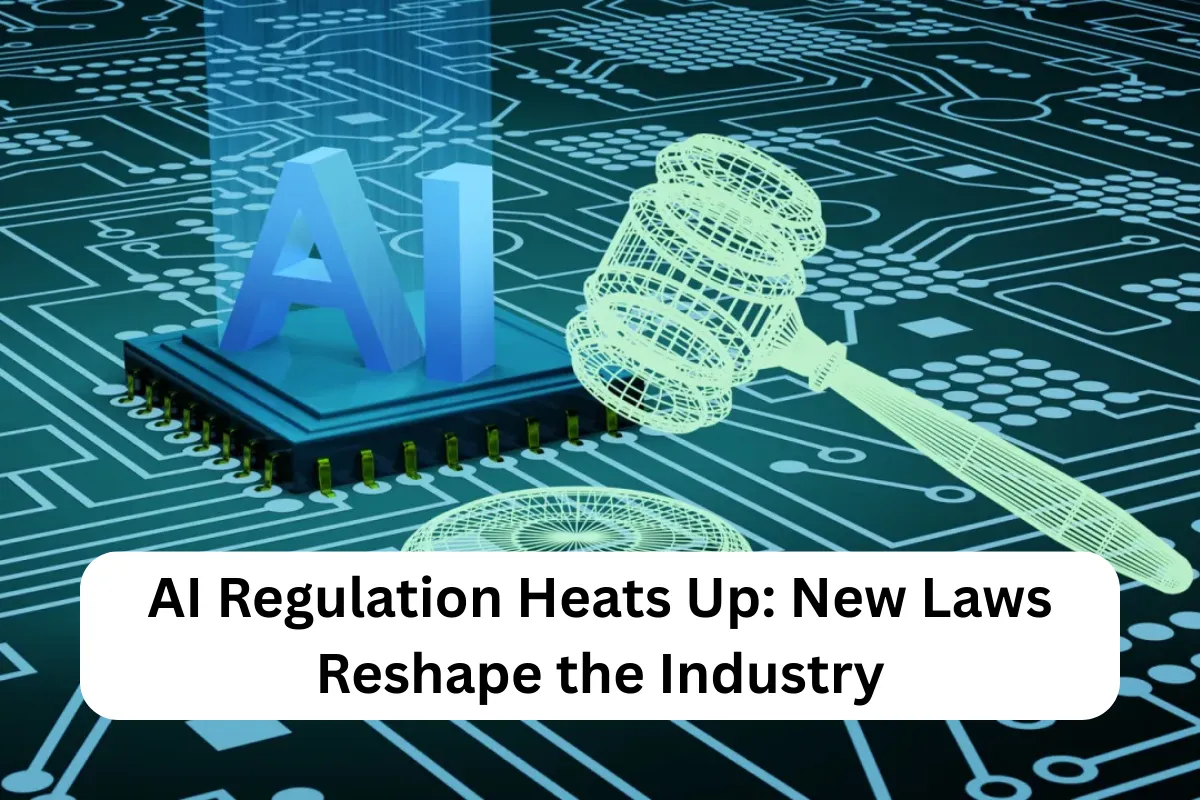The EU AI Act is entering the rollout phase with firm timelines, while the U.S. doubles down on sectoral and state-level rules. As agencies publish guidance and states pass fresh bills, companies face a crucial question in August 2025: how to scale AI without tripping over safety, privacy, or enforcement. This guide breaks down the must-know implementation steps and what to prioritize next.
Hero Image Suggestion + Alt Text: Split-screen visual of the European Parliament building and the U.S. Capitol overlaid with a circuit-board motif and a compliance checklist. Alt text: EU and U.S. capitals with AI compliance checklist overlay.
EU AI Act Implementation Steps: What’s Actually Happening Now
The EU AI Act moves from text to enforcement via staged deadlines. Organizations should map systems by risk level—prohibited, high-risk, limited, and minimal—and initiate compliance workstreams now. Immediate priorities include inventory and risk classification of AI systems, appointing accountable owners for high-risk uses, and starting technical documentation, data governance plans, and risk management files. Near-term checkpoints include setting up human oversight protocols for high-risk systems, establishing post-market monitoring and incident reporting pathways, and preparing conformity assessments and CE-like markings where applicable. Documentation to prepare includes model and data sheets (training data sources, representativeness, and limitations), evaluation reports (accuracy, robustness, bias tests), a
The U.S. Approach: Sectoral Rules + State Laws
Rather than a single federal AI statute, the U.S. relies on sector-specific regulators (healthcare, finance, education) and a fast-moving layer of state privacy and AI accountability laws. Federal/sectoral themes include safety and effectiveness expectations for AI in critical sectors, transparency and recordkeeping for automated decision-making, and secure development lifecycle guidance (risk assessments, red-teaming). State-level momentum includes expanding privacy rights (notice, access, opt-outs for automated profiling), algorithmic impact assessments for high-risk systems in hiring, lending, housing, and public services, and biometric and children’s
The “Innovation vs. Safety” Debate: Why It’s Intensifying

Enterprises want to deploy agentic and multimodal systems fast, but regulators are emphasizing explainability, bias controls, and incident response. Expect tighter expectations around model evaluations focused on reliability and harmful output controls, vendor transparency for training data provenance and model updates, and governance for A
A Practical Compliance Playbook (Global Teams)
Whether operating in the EU, the U.S., or both, a harmonized compliance baseline reduc
- System inventory and risk tiering: Catalog every model, feature, and use case; map to EU risk levels and U.S. sector/state triggers.
- Governance ownership: Assign product, legal, and security owners; set an RACI for each high-risk system.
- Data governance: Track datasets, consent bases, retention, and geographic flows; document representativeness and known limits.
- Testing and evaluations: Define red-teaming, fairness/bias testing, safety benchmarks, and regression gates before release.
- Human oversight and fallbacks: Design review checkpoints, override/escalation paths, and non-automated alternatives.
- Transparency and user notices: Plain-language explanations, capabilities/limits, meaningful information about logic and impacts.
- Monitoring and incident response: Logging, drift detection, user feedback loops, and reportable incident criteria.
Documentation You’ll Be Asked For
Technical file: Purpose, architecture, data lineage, training and evaluation methods, performance, and known limitations. Risk management file: Hazard analysis, mitigations, testing evidence, and change history. Impact assessments: Privacy DPIAs, algorithmic impact assessments, and bias audits tied to protected classes. Supplier attestations: Model cards, data sourcing stateme
Build Once, Comply Many: Designing a Unified Control Set
Create a shared “AI control catalog” mapped to EU AI Act requirements (risk, oversight, documentation, monitoring), U.S. sector rules (financial fairness, medical safety, education transparency), and state privacy/AI acts (consumer rights, automated decision notices, appeal rights). This lets engineering and product teams implement the same controls while le
Bulleted Quick Wins
- Stand up an AI system inventory within 30 days; tag owners and risk levels.
- Publish model and data cards for internal use; sanitize for external auditor reviews.
- Pilot an algorithmic impact assessment template on one high-risk workflow.
- Add a user-facing explanation page and an appeal process where decisions affect rights/services.
Pro Tip: Treat model evaluation as a product—version it, automate it, and make passing scores a release blocker.
Bottom Line: Speed comes from clarity—one unified control set mapped to EU and U.S. rules lets teams ship safer, faster, and with fewer surprises.
FAQS
Q1: Do all AI features fall under “high-risk” in the EU AI Act?
A1: No. Only certain use cases are classified as high-risk; others are limited- or minimal-risk. Start by mapping each system’s purpose to the Act’s risk categories to right-size controls.
Q2: What counts as adequate “human oversight”?
A2: A qualified person must be able to understand outputs, intervene, and override. Define thresholds for manual review, escalation steps, and clear accountability.
Q3: How do U.S. state laws affect a national rollout?
A3: Design for the strictest baseline (e.g., notice, access, appeal for automated decisions). Then localize wording and rights handling per state to avoid fragmented user experiences.
















